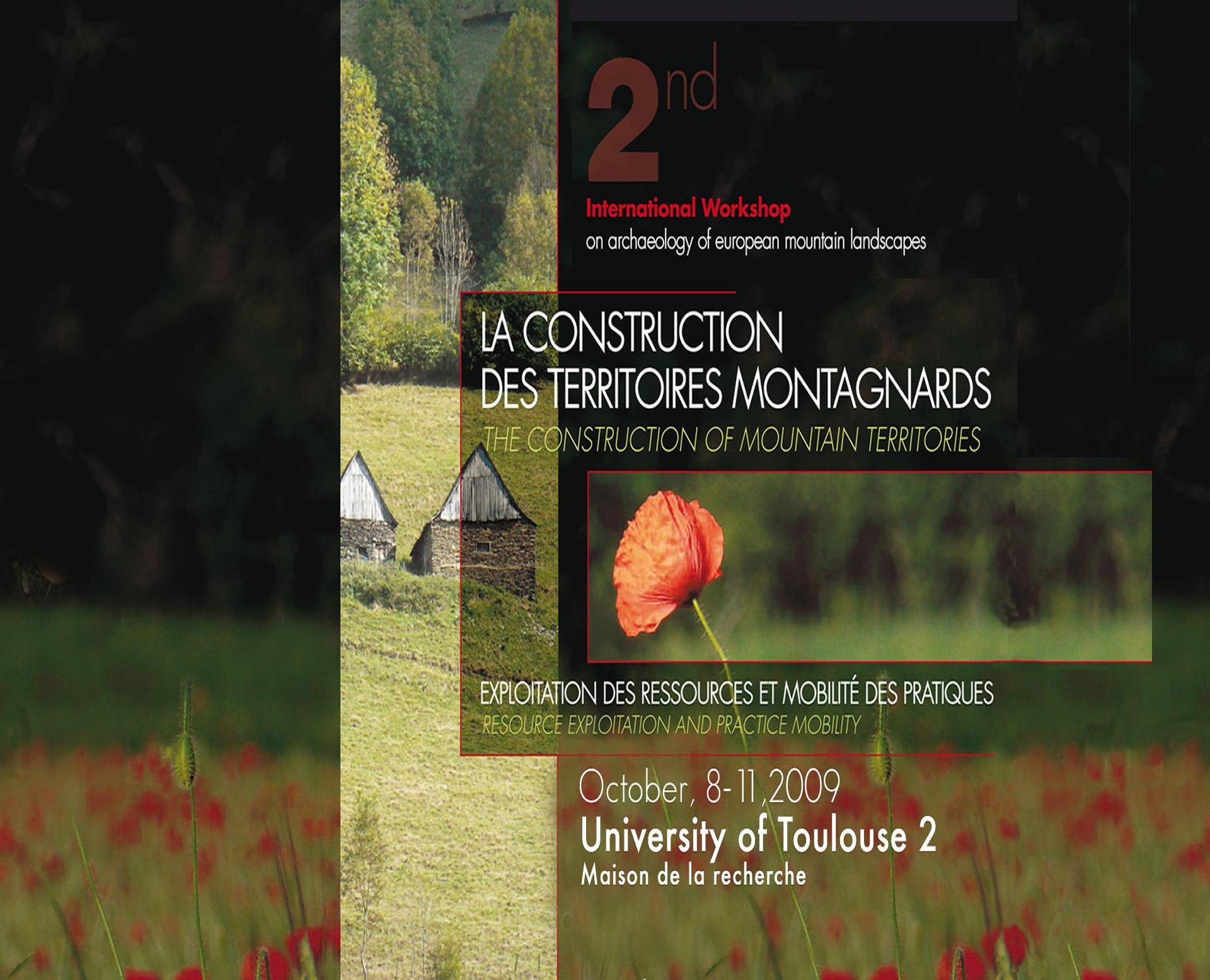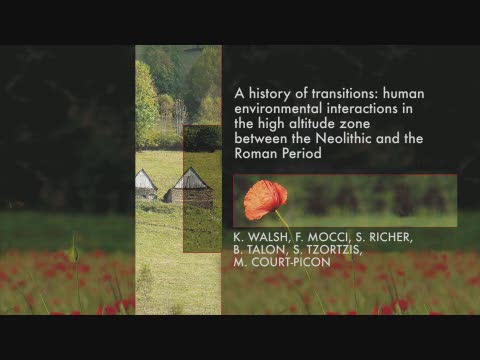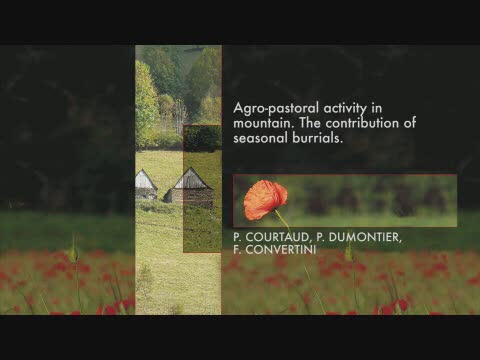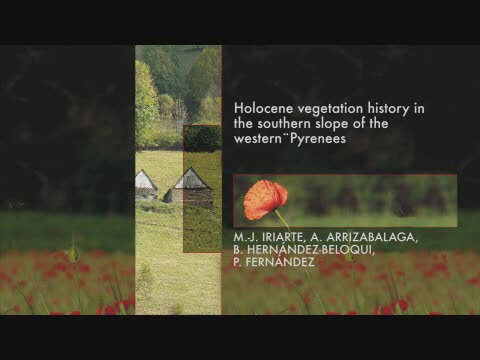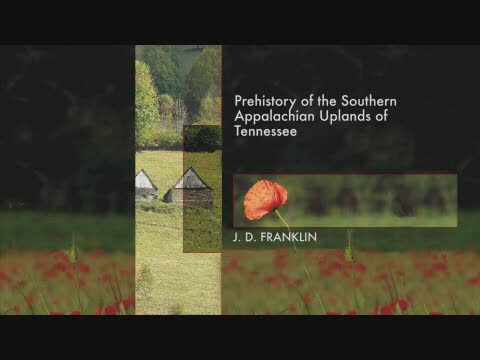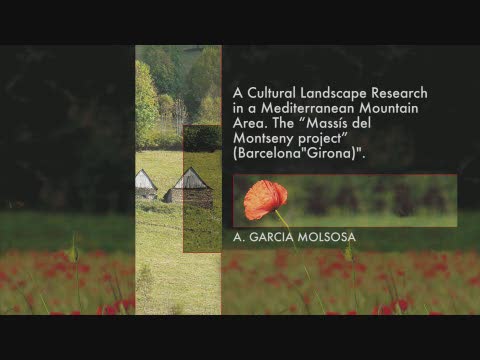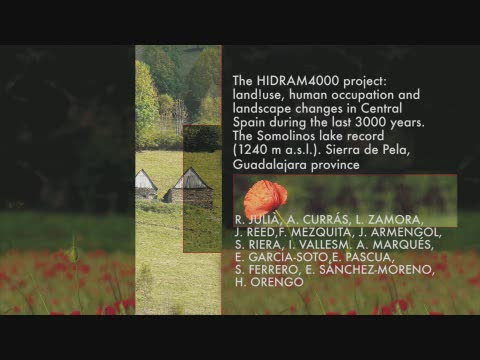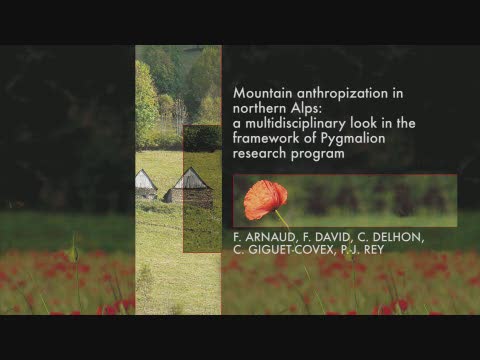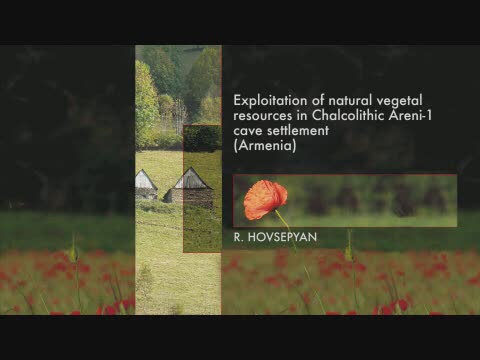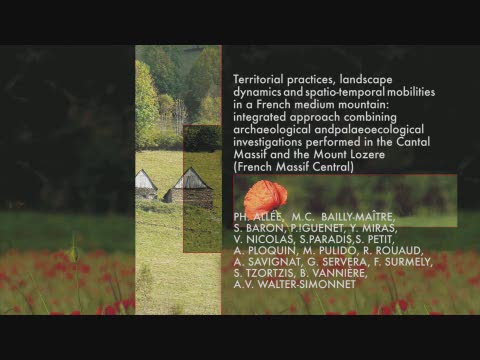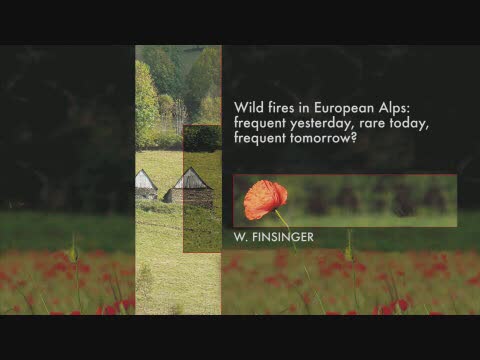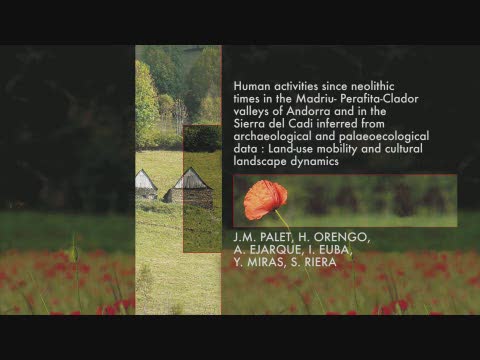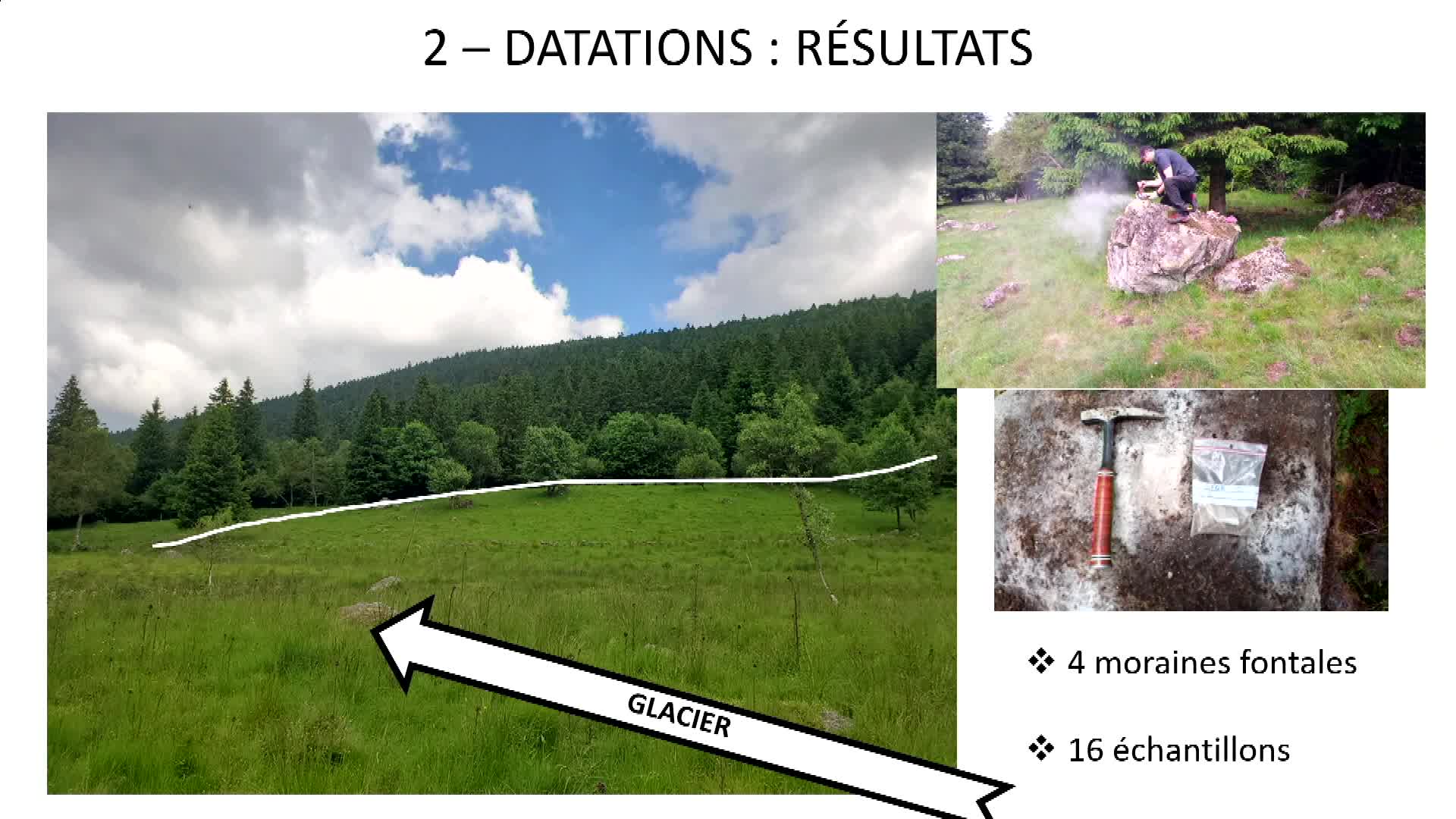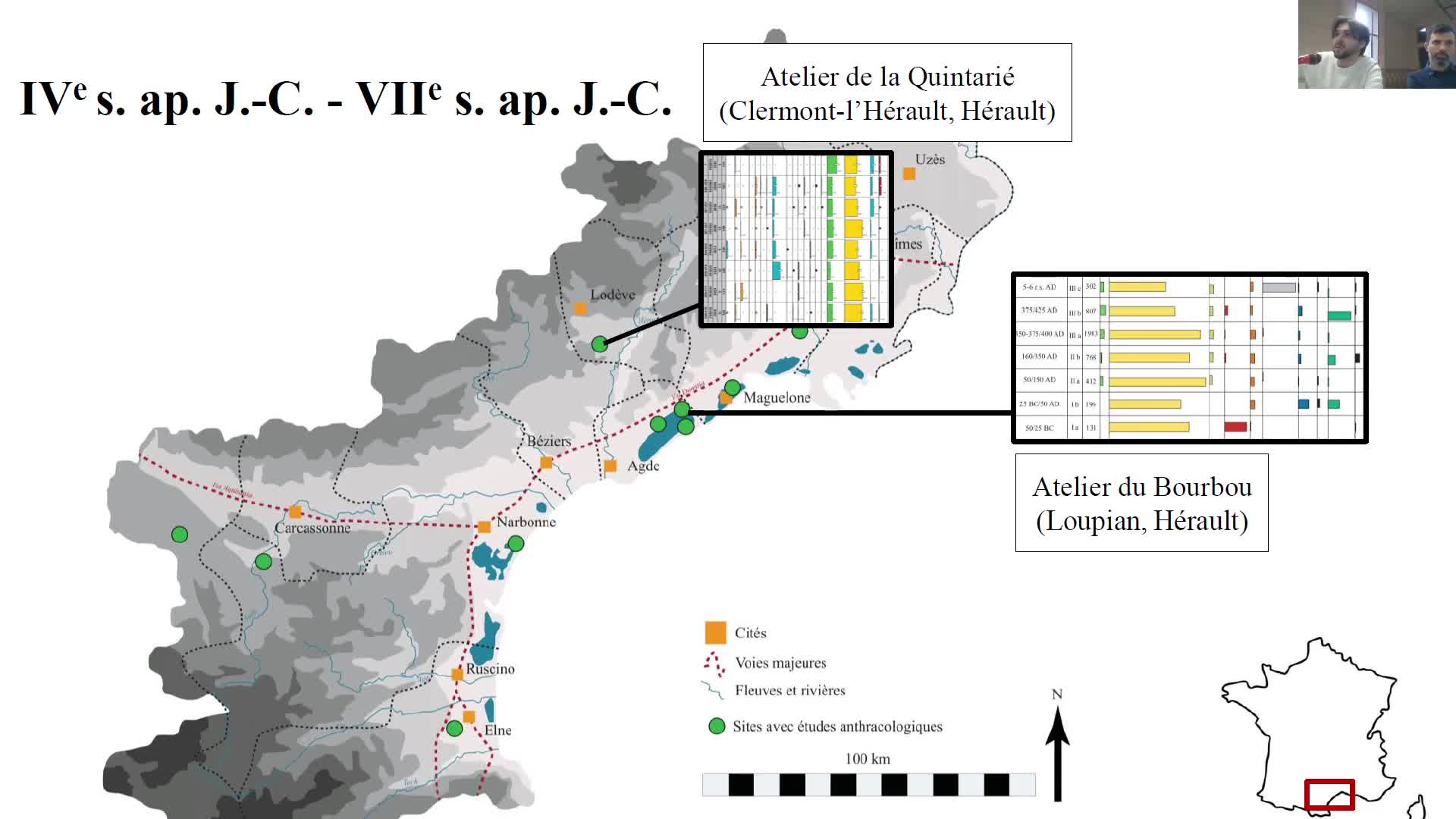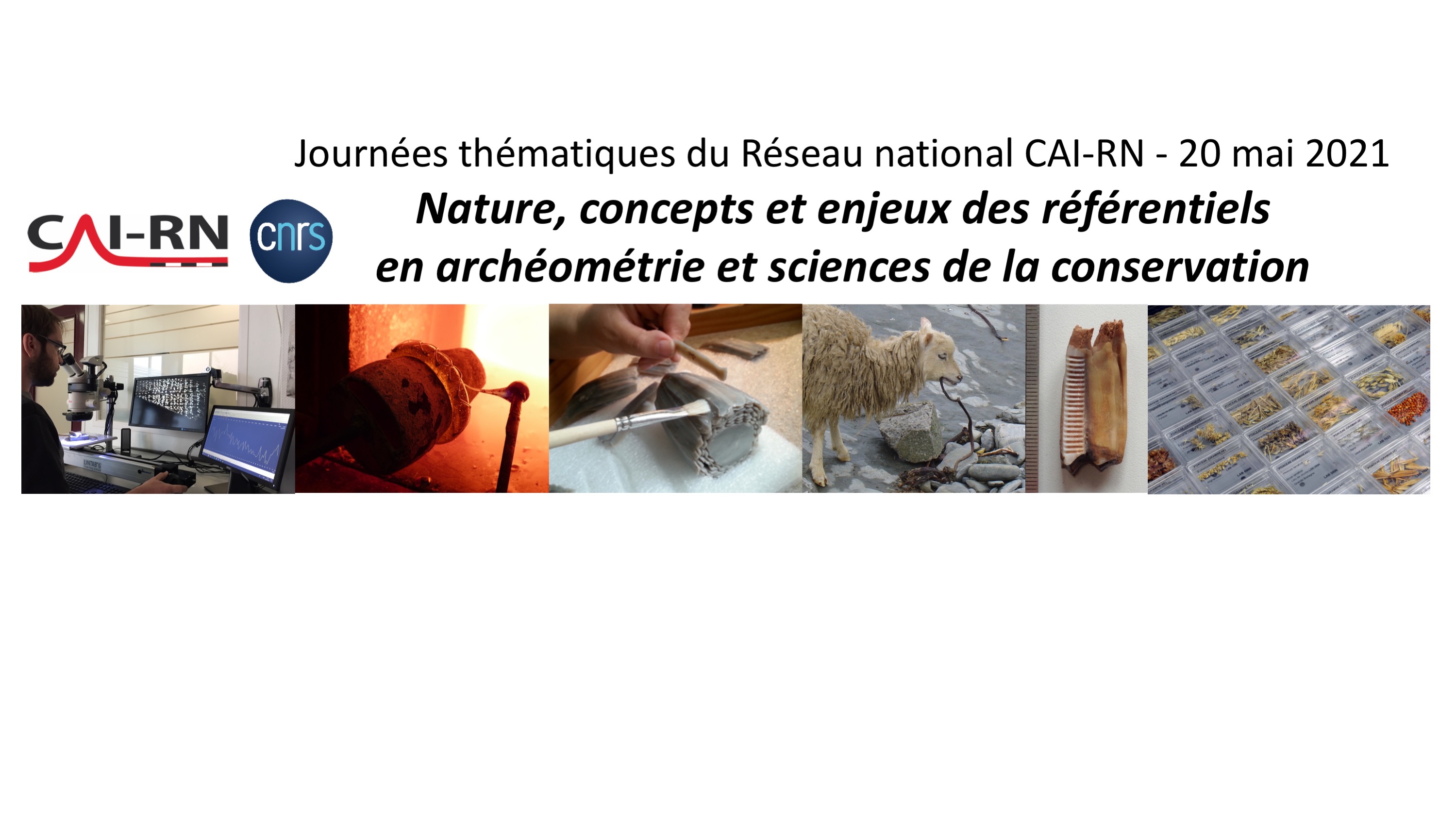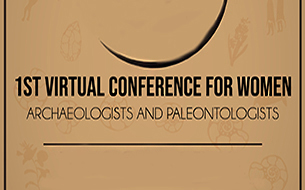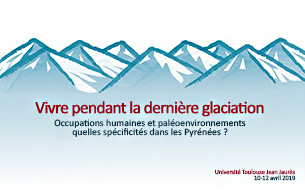Notice
Populating and circulations in the valleys of the western alps of prehistory to antiquity/ PJ. Rey
- document 1 document 2 document 3
- niveau 1 niveau 2 niveau 3
Descriptif
Populating and circulations in the valleys of the western internal alps of prehistory to antiquity : the results of the study of a micro-région (Hillsides of the Petit-Saint-Bernard pass) confronted with the state of knowledge in Tarentaise, Maurienne and Beaufortin. Pierre-Jérôme REY. In "La construction des territoires montagnards : exploitation des ressources et mobilité des pratiques", 2e International Workshop on archaeology of european mountain landscape, organisé par les laboratoires GEODE, FRAMESPA, GEOLAB et Chrono-Environnement. Université Toulouse 2-Le Mirail, 8-11 octobre 2009. [seconde journée]
From 2003 till 2007, within the framework of the program Interreg Alpis Graia then of the annual scheduled operation, an archaeological study was driven on hillsides of the Petit"St Bernard Pass (Savoy-Val d'Aoste). In this region badly known until then in spite of the presence of a transalpine passage historically very important, the objectives were to develop the knowledge of the first populatings of the alpine mountain, to enrich the very incomplete documentation of the regional material culture and to clarify the dynamics of circulations by the pass.The zone of study covers all the height of hillsides to approach the vertical variability of the modalities of occupations and exploitations of the environment. The approach of ground privileged the realization of big series of manual poll in sectors favorable to the sedimentary piégeage, determined by fast locations.According to vestiges and to big series of datings radiocarbons, the meditative archaeological data divide up of the average Neolithic in the high Middle Ages and present net chronological and vertical fluctuations which will be presented in detail.
The confrontation of these results with the bibliographical compilation of the existing data in the nearby French valleys shows an often rather good correlation. We observe three important conflicts which concern the density of the sites of the ancient Bronze and the first Iron, far better represented in the results of the PSB, as well as the distribution altitudinale neolithic occupations, marked by a bipartition vertical to the PSB. This stake in perspective allows a critical return on the efficiency of the method and on the meaning of the obtained results.
According to the taphonomic and paléo-environmental available data and according to the models of exploitation of the mountain territorys, various hypotheses of explanations not exclusive and sometimes contradictory will be advanced, for every big chronological period.
Intervention / Responsable scientifique
Dans la même collection
-
La construction des territoires montagnards : exploitation des ressources et mobilité des pratiques…
GalopDidierThe occupation and the exploitation of mountain environments, both during conquest and maximum demographic phases, or on the contrary, during desertification phases, differ in geographical
-
Human environmental interactions in high altitude zone between Neolithic and roman period / K. Walsh
WalshKevinA History of Transitions : human environmental interactions in the high altitude zone between Neolithic and roman period. Kevin WALSH. In "La construction des territoires montagnards : exploitation
-
L'agro-pastoralisme en milieu montagnard : l'apport des sépultures saisonnières / Patrice Courtaud
CourtaudPatriceL'agro-pastoralisme en milieu montagnard : l'apport des sépultures saisonnières. Patrice COURTAUD. In "La construction des territoires montagnards : exploitation des ressources et mobilité des
-
L'évolution végétale holocène sur le versant sud des Pyrénées occidentales / Maria-José Iriarte
IriarteMaría JoséL'évolution végétale holocène sur le versant sud des Pyrénées occidentales. Maria José IRIARTE. In "La construction des territoires montagnards : exploitation des ressources et mobilité des pratiques"
-
Prehistory of the Southern Appalachian uplands of Tennessee / Jay Franklin
FranklinJay D.Prehistory of the Southern Appalachian uplands of Tennessee. Jay FRANKLIN. In "La construction des territoires montagnards : exploitation des ressources et mobilité des pratiques", 2e International
-
A cultural landscape research in a mediterranean mountain (Barcelona-Girona) / A. Garcia Molsosa
Garcia MolsosaArnauA cultural landscape research in a mediterranean mountain area : the "Massis del Montseny project" (Barcelona-Girona) / A. GARCIA MOLSOSA. In "La construction des territoires montagnards :
-
The Hidram4000 project : land use, human occupation and lanscape changes in Spain / A. Curras
Currás DominguezAndresThe Hidram4000 project : land use, human occupation and lanscape changes in Spain during the last 3000 years. The Somolinos lake record (1240 M A.S.L.) : Siera de Pela, Guadalajara Province. Andres
-
Mountain anthropization in Alps : a multidisciplinary look in the Pygmalion program / F. Arnaud
ArnaudFabienMountain anthropization in Alps : a multidisciplinary look in the framework of Pygmalion research program. Fabien ARNAUD. In "La construction des territoires montagnards : exploitation des ressources
-
Exploitation of natural vegetal resources in chalcolithic areni-1 cave (Armenia) / R. Hovsepyan
HovsepyanRomanExploitation of natural vegetal resources in chalcolithic areni-1 cave settlement (Armenia). Roman HOVSEPYAN ovsepyan, Roman. In "La construction des territoires montagnards : exploitation des
-
Territorial practices, landscape dynamics and mobilities in a french mountain / P. Allée, Y. MIras
AlléePhilippeMirasYannickTerritorial practices, landscape dynamics and spatio-temporal mobilities in a french medium mountain : integrated approach combining archaeological and paleoecological inverstigations performed in the
-
Wildfires in european alps : frequent yesterday, rare today, frequent tomorrow ? / W. Finsinger
FinsingerWalterWildfires in european alps : frequent yesterday, rare today, frequent tomorrow ?. Walter Finsinger. In "La construction des territoires montagnards : exploitation des ressources et mobilité des
-
Exploitation des vallées andorranes depuis le Néolithique/ J.-M. Palet Martinez, H. Orengo Romeu
Palet i MartínezJosep M.Orengo RomeuHèctor A.L'exploitation des ressources des vallées andorranes du Madriu-Perafita-Claror et de la chaîne du Cadi (Pyrénées orientales) depuis le Néolithique à partir des données archéologiques et
Sur le même thème
-
GLAMCE - Dater les paysages glaciaires du Forez : combinaison d’une technique low-tech (Marteau de …
RousselErwanAncrenazArthurArthur Ancrenaz et Erwan Roussel, membres de GEOLAB, présentent le projet GLAMCE.
-
Approvisionner le feu en bois. Regard anthracologique sur l’exploitation du Bois des Lens et les us…
VaschaldeChristopheChardonneau-HenneuseJulienApprovisionner le feu en bois. Regard anthracologique sur l’exploitation du Bois des Lens et les usages du combustible par les potiers de l’Antiquité tardive.
-
Alfredo Mayoral - « Gergovie : nouvelles recherches géoarchéologiques et paléoenvironnementales »
Le jeudi 16 septembre 2021, à 20h30, sur Facebook, Page Musée de Gergovie, Alfredo Mayoral, géoarchéologue, à l'Institut Catalan d’Archéologie Classique et à GEOLAB (UMR 6042 CNRS / UCA UNILIM), a
-
M. DJAMALI et M. MASHKOUR, Réflexions sur la contribution des coprolithes de hyènes modernes comme …
Réflexions sur la contribution des coprolithes de hyènes modernes comme référentiel pour les reconstitutions paléoenvironnementales. Morteza DJAMALI1, Marjan MASHKOUR2 1-CNRS, IMBE (morteza
-
"Ouranopithecus macedoniensis" (late Miocene, Greece): analysis of mandibular fragments using …
IoannidouMelaniaOuranopithecus macedoniensis (late Miocene, Greece): analysis of mandibular fragments using 3D geometric morphometrics / Melania Ioannidou, in colloque "1st Virtual Conference for Women
-
What is shaping the brain? A perspective on brain size evolution in carnivorans / Margot…
MichaudMargotWhat is shaping the brain? A perspective on brain size evolution in carnivorans / Margot Michaud, in colloque "1st Virtual Conference for Women Archaeologists and Paleontologists. Nouveaux
-
A transdisciplinary approach to reconstruct the Nilotic socio-ecosystem in Luxor west bank during t…
NicatoreGiuliaA transdisciplinary approach to reconstruct the Nilotic socio-ecosystem in Luxor west bank during the Ptolemaic period (3rd-1st centuries BC.) / Giulia Nicatore, in colloque "1st Virtual Conference
-
Neanderthal facing climatic disruptions of the MIS 4 in southwestern France: between cynegetic choi…
DancetteChristelleNeanderthal facing climatic disruptions of the MIS 4 in southwestern France: between cynegetic choices and environmental constraints / Christelle Dancette, in colloque "1st Virtual Conference for
-
Revising the microvertebrates from the Palaeolithic site of Kalamakia (Mani Peninsula), Greece / Ko…
KolendrianouMariaRevising the microvertebrates from the Palaeolithic site of Kalamakia (Mani Peninsula), Greece / Kolendrianou Maria, in colloque "1st Virtual Conference for Women Archaeologists and Paleontologists.
-
Vivre pendant la dernière glaciation. Occupations humaines et paléoenvironnements : quelles spécifi…
LejayMathieuVivre pendant la dernière glaciation. Occupations humaines et paléoenvironnements : quelles spécificités dans les Pyrénées ? Introduction / Mathieu Lejay
-
Environnements glaciaires et fluvioglaciaires dans les Pyrénées au cours de la dernière Terminaison…
DelmasMagaliEnvironnements glaciaires et fluvioglaciaires dans les Pyrénées au cours de la dernière Terminaison glaciaire / Magali Delmas
-
Chronologie des fluctuations glaciaires dans les Pyrénées au cours du Global LGM et de la dernière …
ReixachThéoChronologie des fluctuations glaciaires dans les Pyrénées au cours du Global LGM et de la dernière Terminaison glaciaire : données nouvelles et implications paléo-climatiques / Théo Reixach


